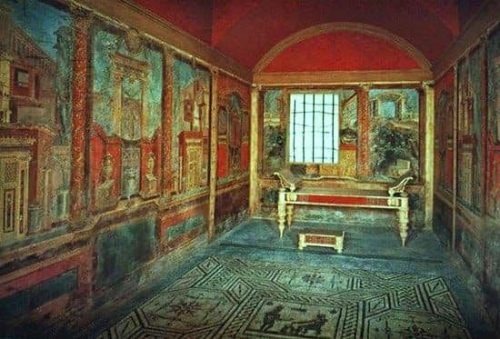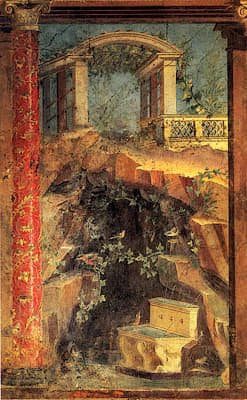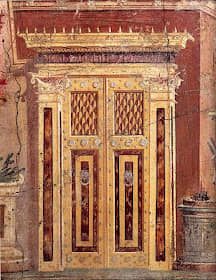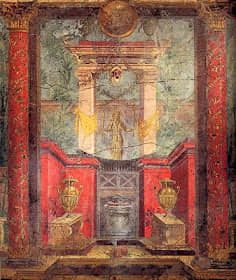
Pompeian Pagus, a name resonating with the echoes of ancient Rome, has recently revealed exciting findings suggesting the existence of a settlement dating back to the second century BC. Situated in the vicinity of Boscoreale, this charming village, also referred to as a “pagus,” thrived due to the fertile land that graced the slopes of Mount Vesuvius.
This article delves into the rich history of Pompeian Pagus, exploring its evolution from rustic farming settlements to luxurious Roman villas, and the treasures they left behind, including awe-inspiring wall paintings now exhibited in museums worldwide.
The Roots of Pompeian Pagus
The history of Pompeian Pagus traces its origins to the Samnite era when the fertile land around Boscoreale attracted settlers looking to harness its agricultural potential. These early farms were modest, representing the humble beginnings of what would later become a hub of prosperity and culture.
Transformation into Luxurious Residences

As time marched on, many of these early farmsteads underwent a remarkable transformation. These rustic Roman villas, initially built for agricultural purposes, soon evolved into opulent residences. The residents of Pompeian Pagus recognized the benefits of their surroundings, not just for producing bountiful crops but also for creating a refined and luxurious lifestyle.
The Augustan Age: Pompeian Pagus Becomes Suburbia
The golden era of Pompeian Pagus dawned during the Augustan age. During this time, the settlement, along with its neighboring Boscotrecase, was absorbed into the expanding Pompeii and received the prestigious title of “Pagus Augustus Felix Suburbanus.” This shift marked a significant turning point in the village’s history, as it became an integral part of the influential Pompeii.
The Rich Tapestry of Pompeian Pagus: Roman Villas and Wall Paintings
Pompeian Pagus is home to more than fifty Roman villas, although not all of them have been fully excavated. These villas are renowned for their captivating wall paintings, which offer us a vivid glimpse into the daily lives, aspirations, and artistic expressions of the ancient Romans.

The wall paintings discovered in the villas of Pompeian Pagus are nothing short of remarkable. They reflect the exquisite taste and sophistication of their occupants. These frescoes depict a wide range of subjects, from mythological scenes to landscapes, still life, and portraits. They serve as invaluable windows into the artistic and cultural nuances of their time.
Many of these frescoes have found their way into museums around the world, captivating visitors with their elegance and the stories they tell. Notable examples include the stunning frescoes from the Villa of P. Fannius Synistor, now displayed in the Metropolitan Museum of Art in New York, and those from the Villa of Livia, housed in the Museo Archeologico Nazionale in Naples.
Conclusion
Pompeian Pagus, once a cluster of modest farms on the fertile slopes of Vesuvius, evolved into a thriving center of culture and luxury during the Augustan age. The Roman villas that dot its landscape have left an indelible mark on history, not only for their architectural grandeur but also for the exquisite wall paintings that adorned their walls. These paintings offer a unique and captivating insight into the lives and tastes of the ancient Romans.
As ongoing excavations and research continue to shed light on this remarkable settlement, Pompeian Pagus remains a testament to the enduring allure of the ancient world and the treasures it still holds for us to discover and cherish.







